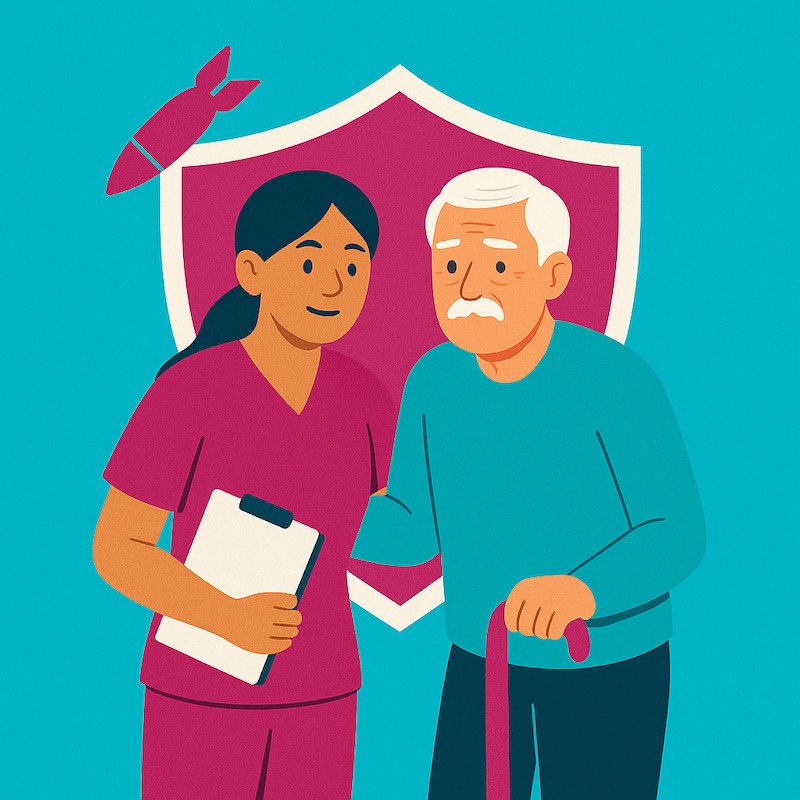Language Barrier: How to Overcome This Challenge as a Caregiver?
iSavta | 24.05.2021

Any form of caregiving will only be successful through proper communication.
The mere thought that a patient and his/her family speak a different language from yours might make you feel intimidated to start your job as a caregiver. However, this doesn’t have to be the case.
Some research and preparation on your part prior to the session to prepare translated paperwork, understand cultural differences, and arrange to work with an interpreter can definitely make a big difference. Here are a few tips to help you, your patients, and their families to feel more comfortable if ever there is an existing language barrier.
Get the Help of an Interpreter
If you wish to work with an interpreter, make sure you talk directly to your patient instead of the interpreter. For instance, it is wrong to look at the interpreter and ask your question to the patient to them. What should be done here is to look at the patient and ask them to tell you what their primary concern is.
Doing this will keep the focus still more patient-centered. It will help you connect with your patient and establish rapport. According to the law, an interpreter must be available in person or video chat, or phone.
You also have to make sure that you speak as clearly and slowly as possible. You also need to avoid over-enunciating or speaking too loudly.
Check for Understanding
It is important to always check for understanding first. Don’t assume that the family or patient has understood you well. To be sure that the two of you are on the same page, you can take advantage of the teach-back method. You can have your patient explain things back to the interpreter and you using his/her words that you have just taught them.
Take Advantage of Written Materials
All written documents can be translated and then have them available right away for the patient and their families. Homework programs must include images that will clearly show exercises that can be done at home. This way, even if there is no translator or written words, the patient will still know exactly what must be done.
Start with the Basics
Try to learn some basic phrases or words like how are you, hello, goodbye, please, and thank you. It will show that you care while also helping you establish rapport with both the patient and their family members.
Rely on Body Language
Don’t forget that communication is only something verbal. Hand gestures, head nodding, eye gazing, demonstration, touch, and facial expressions are some of the universal modes of communication. Try to be familiar with the culturally inappropriate gestures or body language before the family and patient arrive.
Whether you like it or not, there will always be instances when language barriers may hinder your ability to provide caregiving services. However, it shouldn’t stop you to give the job your best shot. Follow these simple and easy tips and be on your way to better communication with your patients and their families.











